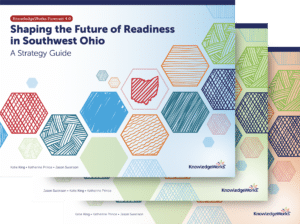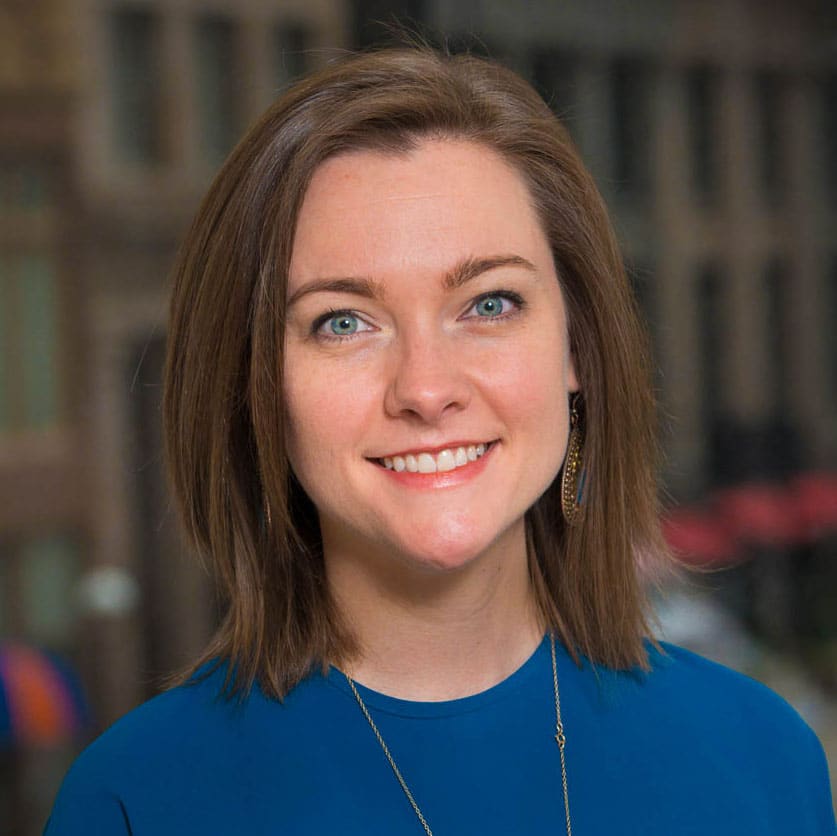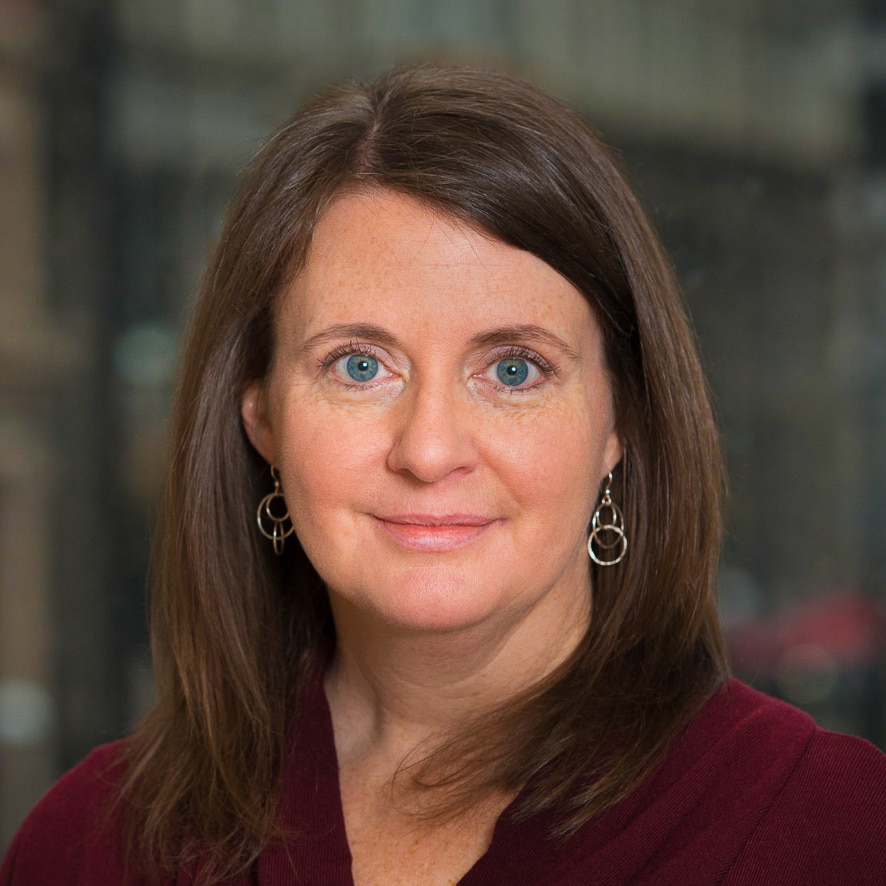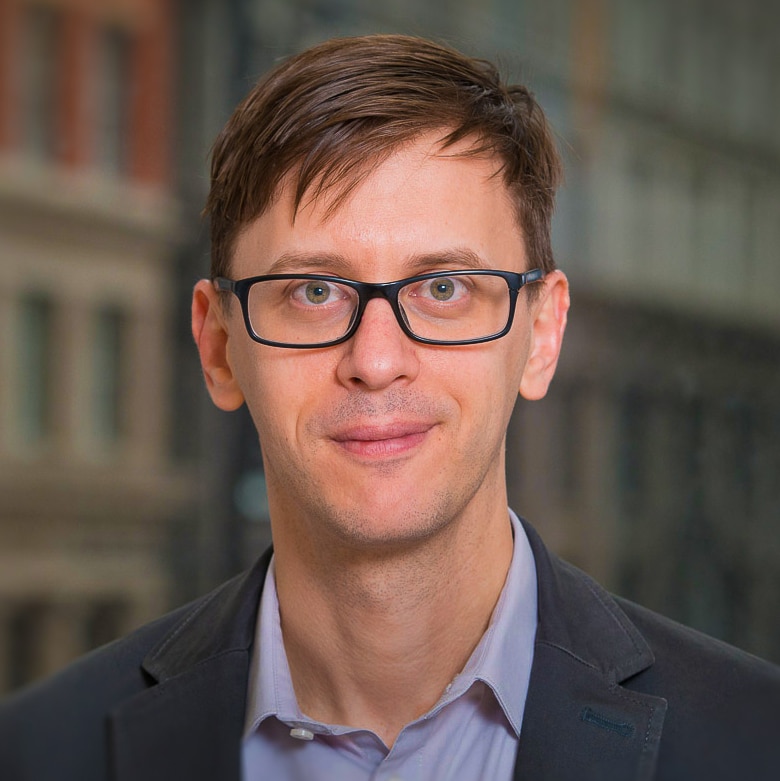Shaping the Future of Readiness:
Three Regional Ohio Strategy Guides




The future of education lies in stronger connections
The collective work to support lasting systems change involves challenging ourselves to imagine something new, together. But what’s involved?
Be bold. Be creative. Be different. Envision your learning community’s future and the ways to get there.
A future of learning where students of all races and ethnicities, incomes and identities pursue the kinds of learning experiences that enable them to uncover their passions and thrive in an evolving world.
Subscribe to receive email updates including expert insights, success stories and resources.